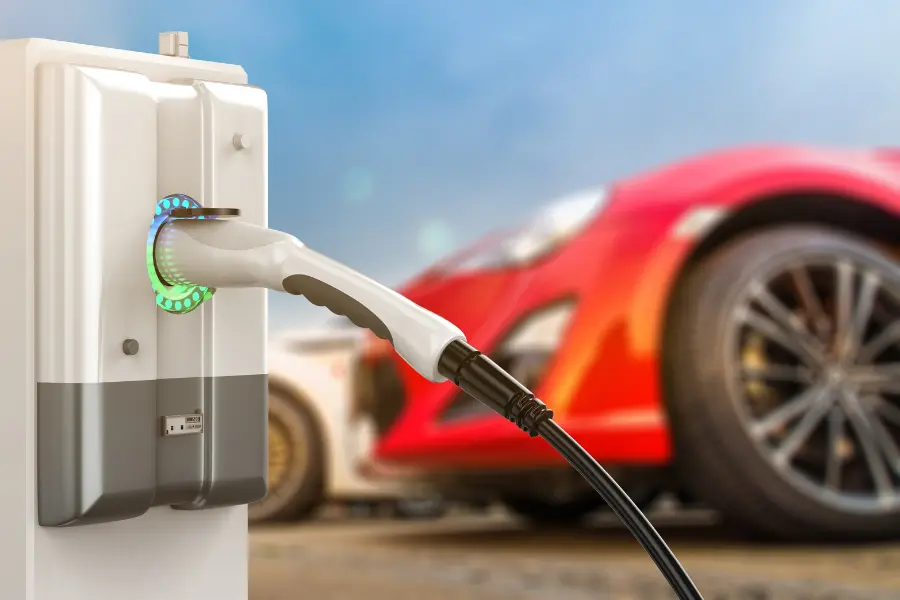Electric vehicles (EVs) are becoming increasingly popular as people look for more environmentally friendly transportation options.
One of the challenges of owning an EV, however, is finding a place to charge it when you’re on the go. This is where EV charging stations come in.
EV charging stations are special outlets designed specifically for charging electric vehicles. They can be found in a variety of locations, including public parking garages, shopping centers, and even on the side of the road.
Some charging stations are even equipped with features like WiFi, seating areas, and bathrooms to make the charging experience more comfortable for drivers. There are several types.
Level 1 charging stations
These are the most basic type of charging stations and are typically found in residential settings. They use a standard 110-volt outlet to charge an EV and can take several hours to fully charge a vehicle.
Level 2 charging stations
These are more powerful than Level 1 charging stations and are typically found in public locations. They use a 220-volt outlet to charge an EV and can fully charge a vehicle in a few hours.
DC fast charging stations
These are the most powerful type of charging station and are capable of charging an EV in a matter of minutes. They are typically found at rest stops, gas stations, and other high-traffic locations.
EV charging stations are becoming increasingly important as more and more people switch to electric vehicles. In fact, it is estimated that there will be more than 18 million EVs on the road by 2025.
With such a large number of EVs on the road, it is important to have a sufficient number of charging stations to meet the demand.
Challenges
One of the challenges of building and maintaining EV charging stations is the cost. It can be expensive to install the necessary infrastructure, including the charging stations themselves and the electrical systems needed to power them. Additionally, maintaining the charging stations and replacing worn-out equipment can also be costly.
Collecting data
To address these challenges, some companies are turning to data to help optimize the placement and use of EV charging stations.
By collecting data on things like the number of EVs in a given area and the driving patterns of EV owners, companies can better understand where the demand for charging stations is greatest and how to best allocate their resources.
Data can also help companies identify trends and patterns that can inform the development of new charging technologies and infrastructure.
For example, data on the types of EVs being used in a particular area could help companies determine which charging technologies would be most effective and efficient.
In addition to helping companies optimize the use of EV charging stations, data can also be used to help consumers.
Apps and websites that provide real-time data on the availability and location of charging stations can help EV owners plan their trips and ensure that they have enough charge to reach their destination.
Overall, EV charging stations are an important part of the growing electric vehicle market. By using data to optimize their placement and use, companies can help make it easier for people to switch to electric transportation and reduce their carbon footprint.
As the number of EVs on the road continues to grow, the need for charging infrastructure will only increase, making data an increasingly important tool for managing and improving the charging process.


